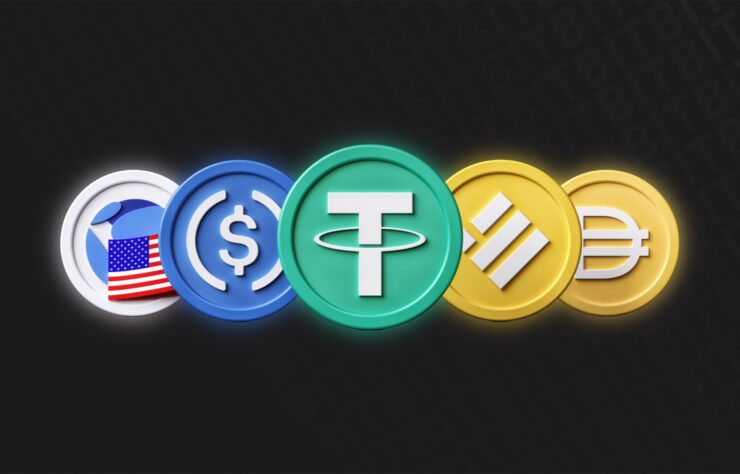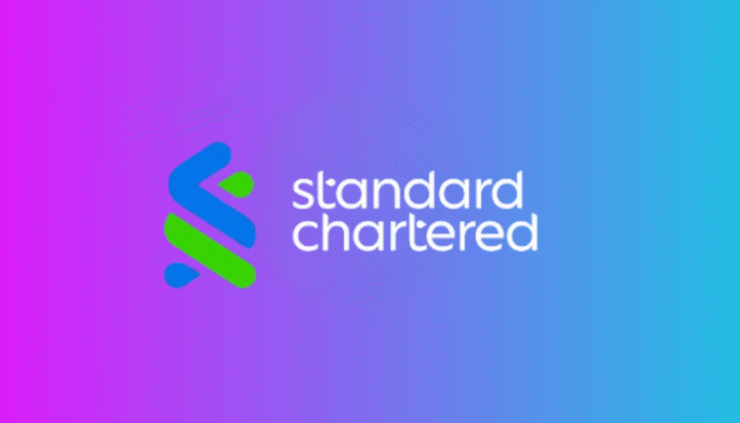A newly released report from Standard Chartered Bank suggests the global stablecoin market could balloon to $2 trillion by the end of 2028, fueled by upcoming U.S. legislation that would bring regulatory clarity to the sector. Analysts at the bank, led by Geoff Kendrick, Head of FX and Digital Assets Research, say the Guiding and Establishing National Innovation for U.S. Stablecoins (GENIUS) Act could serve as a watershed moment for the digital asset industry.
The GENIUS Act, which passed the Senate Banking Committee in March, is designed to establish a comprehensive regulatory framework for fiat-backed stablecoins. The legislation is widely expected to pass Congress and be signed into law by President Donald Trump later this year.
According to the report, the law would de-risk stablecoins in the eyes of institutional investors, encourage broader adoption, and embed these digital assets more deeply into global payment systems and capital markets.

A Catalyst for Treasury Demand and Dollar Dominance
Beyond its crypto implications, the GENIUS Act could have significant effects on U.S. government debt markets. Standard Chartered estimates that a rapid rise in stablecoin issuance would necessitate around $1.6 trillion in U.S. Treasury purchases—enough to absorb all newly issued T-bills anticipated through the remainder of Trump’s second term.
Stablecoins like Circle’s USDC and Tether’s USDT already allocate a substantial portion of their reserves to short-term U.S. debt. Circle currently holds about 88% of its reserves in U.S. Treasury bills, while Tether holds 66%. This trend is expected to accelerate as regulation codifies reserve requirements and encourages transparency and stability.
The bank’s analysts argue that such developments could reinforce the U.S. dollar’s role as the dominant global settlement currency—extending dollar dominance from traditional financial systems into the digital economy.
New Entrants to Challenge Tether and Circle
Regulatory clarity is also expected to pave the way for a wave of new stablecoin issuers, particularly from traditional financial institutions. Standard Chartered projects that as many as 50 new stablecoins could launch by the end of 2025, introduced by a mix of banks, fintechs, and payment processors seeking to leverage their regulatory standing and existing customer bases.
This influx is likely to challenge the market share of incumbents like Tether and Circle, igniting a new era of competition in the stablecoin space. Analysts expect innovations around yield-sharing, programmable compliance, and cross-border remittance features to become key differentiators among issuers.
Outlook: Stablecoins as Strategic Financial Infrastructure
Standard Chartered’s bullish forecast adds to a growing chorus of institutional voices highlighting stablecoins as a pillar of the next-generation financial infrastructure. William Quigley, the co-founder of Tether echoed the same sentiments in a recent episode of the Coinrock show, explaining that stablecoin adoption is the game changer for crypto’s integration into traditional payments systems.
With their role expanding beyond crypto trading into global payments, on-chain settlements, and even central bank policy considerations, the GENIUS Act may mark a foundational shift in how digital dollars are integrated into mainstream finance.
Quick Facts
- Standard Chartered forecasts the stablecoin market will reach $2 trillion by 2028.
- The GENIUS Act, expected to pass in mid-2025, would regulate fiat-backed stablecoins in the U.S.
- Estimated stablecoin growth could drive $1.6 trillion in U.S. Treasury bill demand.
- Traditional banks and fintech firms are preparing to launch up to 50 new stablecoins, challenging existing market leaders.





